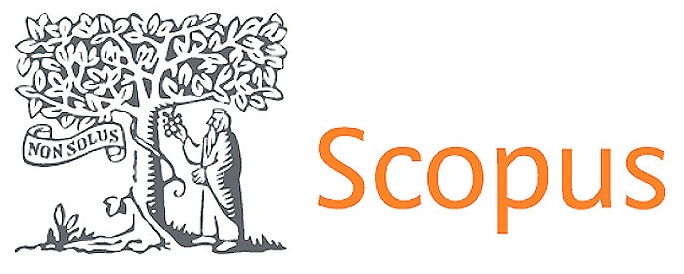Bioinformatic analysis of potential biological effects of common use on human and animal health
DOI:
https://doi.org/10.56294/sctconf202394Keywords:
Herbicides, Collective Health, Bioinformatics, Cellular SignalingAbstract
In Argentina, common herbicides such as glyphosate, attrazine, 2,4-D, paraquat, alachloro, butachlor and ammonium gluphosinate are used, which have been subject to controversy due to their possible effects on human and animal health. This work focuses on evaluating the toxic effects of these herbicides through the bioinformatic analysis of their protein interaction and biological processes that could be affected. First, Stitch and String platforms were used to identify proteins that could be affected by exposure to these herbicides in humans and animals. Then, healed and experimental data interactions for analysis were selected and an enrichment analysis of Gene Ontology (GO) and Kegg Pathways to identify biological processes and diseases associated with herbicides was carried out. It was found that analyzed herbicides affect signaling routes related to proliferation, cell death, response to stress, cell survival and organizational cytoskeleton, including the path of Pi3k/Akt, the road of RAS, the RAP1 pathway and the path of P53. In addition, an enrichment was identified in categories associated with cancer and key signaling routes for cell survival and proliferation in all organisms and herbicides studied. These findings are consistent with previous reports on the toxic effects of these herbicides on human and animal health. On the other hand, a possible relationship between these herbicides and diseases such as Alzheimer's disease and Parkinson's disease were also found, which have not been previously linked to herbicides. In general, the results indicate that exposure to these herbicides can affect the regulation of important cellular processes that favor survival and cell growth, and are involved in the appearance of cancer.
References
Van Bruggen AH, He MM, Shin K, Mai V, Jeong KC, Finckh MR, Morris Jr JG. Environmental and health effects of the herbicide glyphosate. Science of the total environment 2018; 616:255-268.
Myers JP, Antoniou MN, Blumberg B, Carroll L, Colborn T, Everett LG, et al. Concerns over use of glyphosate-based herbicides and risks associated with exposures: a consensus statement. Environmental Health 2016; 15(1):1-13.
Smirnova L, Kleinstreuer N, Corvi R, Levchenko A, Fitzpatrick SC, Hartung T. 3S–Systematic, systemic, and systems biology and toxicology. Altex. 2018;35(2):139.
Zhu YW, Yan XF, Ye TJ, Hu J, Wang XL, Qiu FJ, et al. Analyzing the potential therapeutic mechanism of Huashi Baidu Decoction on severe COVID-19 through integrating network pharmacological methods. J Tradit Complement Med. 2021;11(2):180-187.
Suaya M, Sánchez GM, Vila A, Amante A, Cotarelo M, García Carrillo M, et al. Live and let die: signaling AKTivation and UPRegulation dynamics in SARS-CoVs infection and cancer. Cell Death Dis. 2022;13(10):846.
Downloads
Published
Issue
Section
License
Copyright (c) 2023 Daiana Ailín Ameghino, Matías Blaustein, Mercedes García Carrillo (Author)

This work is licensed under a Creative Commons Attribution 4.0 International License.
The article is distributed under the Creative Commons Attribution 4.0 License. Unless otherwise stated, associated published material is distributed under the same licence.



